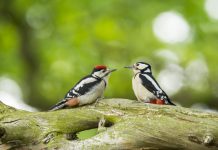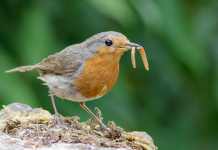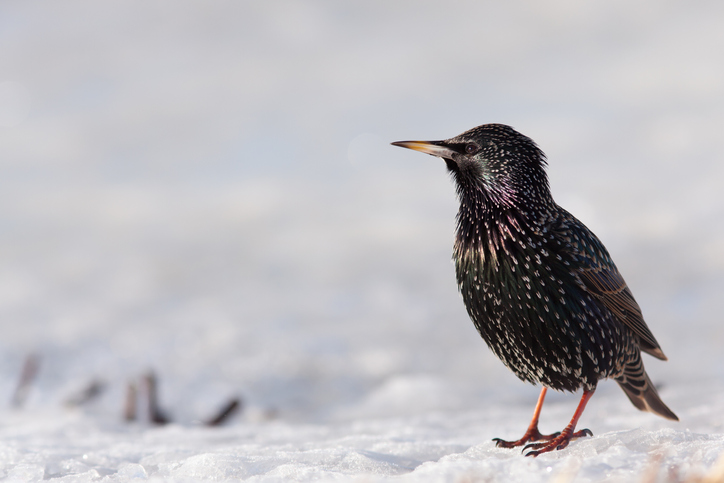As winter begins to take hold throughout the Northern Hemisphere, our native starlings are joined by thousands of visiting starlings from Eastern Europe and Russia, flying around 1,250 miles in the process. These visitors join with our residents to create huge, swirling flocks known as murmurations.
During the winter months, starlings form large communal roosts in trees and man-made structures, where they group together for warmth and safety. As daylight begins to fade, multiple groups join together above a roosting spot and form these swirling masses that twist and turn through the air.
But the question is why? Well, there is safety in numbers, and murmurations are thought to be a way of grouping together to ward off birds of prey from nearby roosting sites. Once the coast is clear and the birds are certain there is no longer a threat, groups of birds will peel off from the mass in coordinated descents, and settle down to roost for the night.
These murmurations can be spotted throughout the UK in winter, but if you’re looking for a popular roosting site to witness this spectacle for yourself, the most notable are:
- Ham Wall and Shapwick Heath, Somerset
- Aberystwyth Pier, Ceredigion
- Brighton Pier, Sussex
- Leighton Moss, Lancashire
- Fen Drayton, Cambridgeshire
Have you seen any amazing starling murmurations yet this winter? Share your experiences with us over on our Facebook page!






















